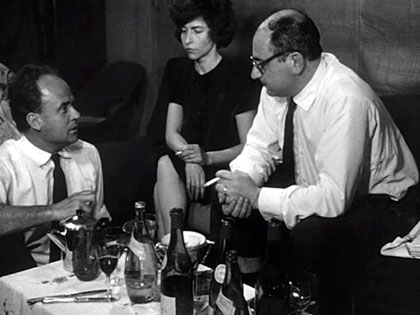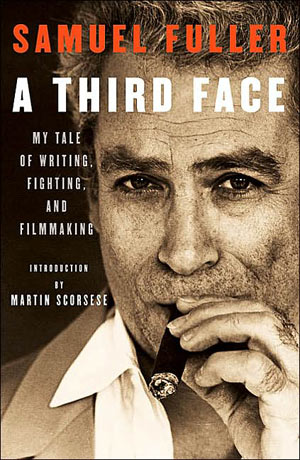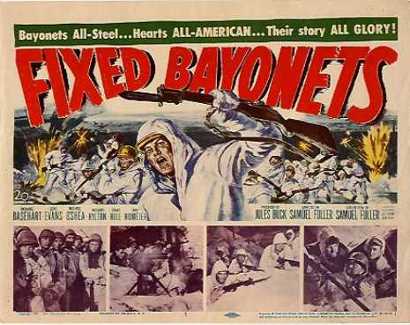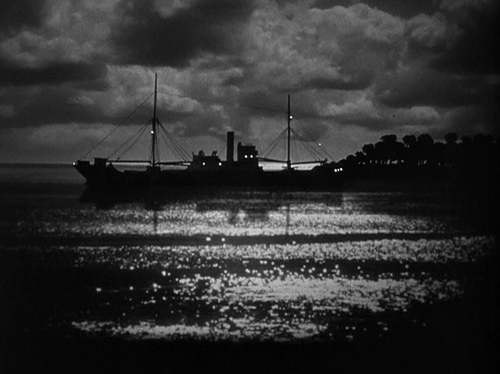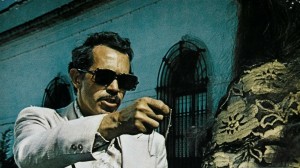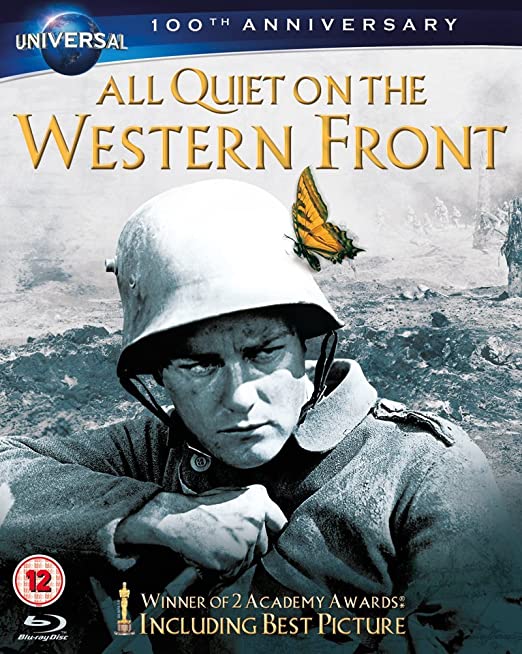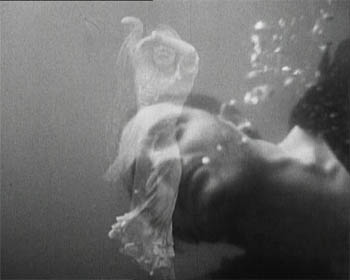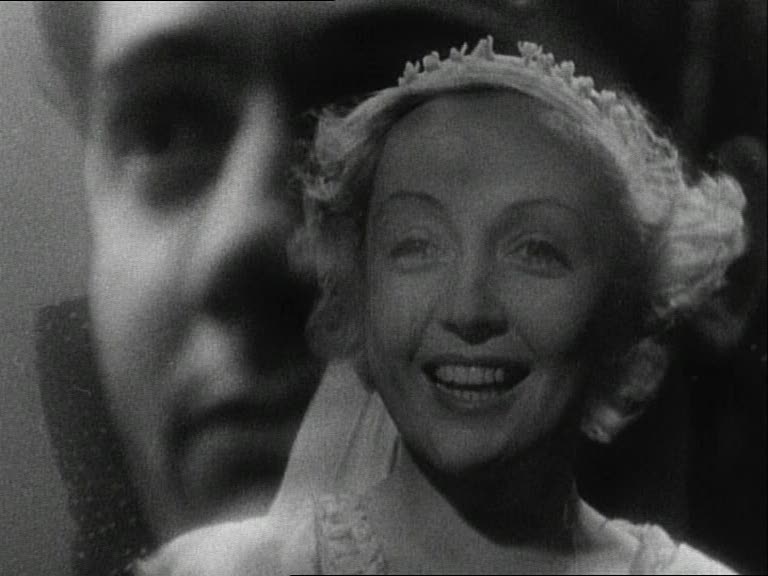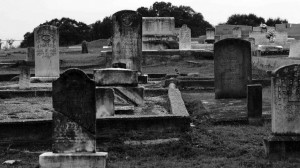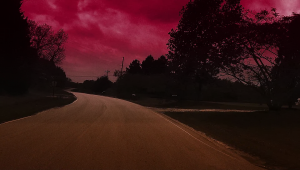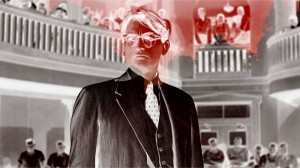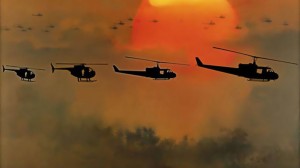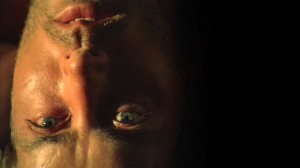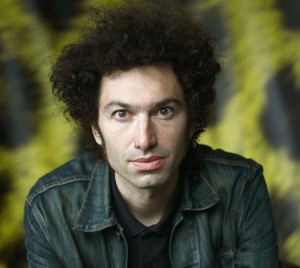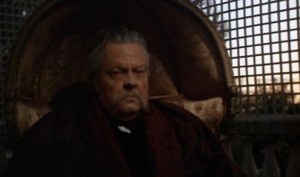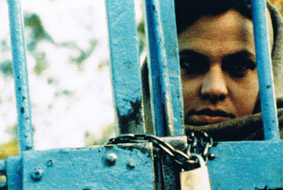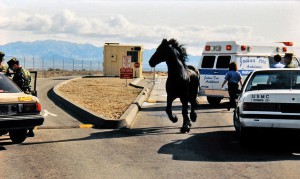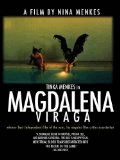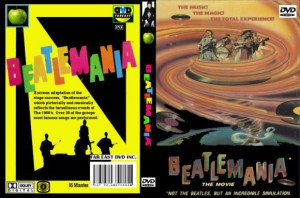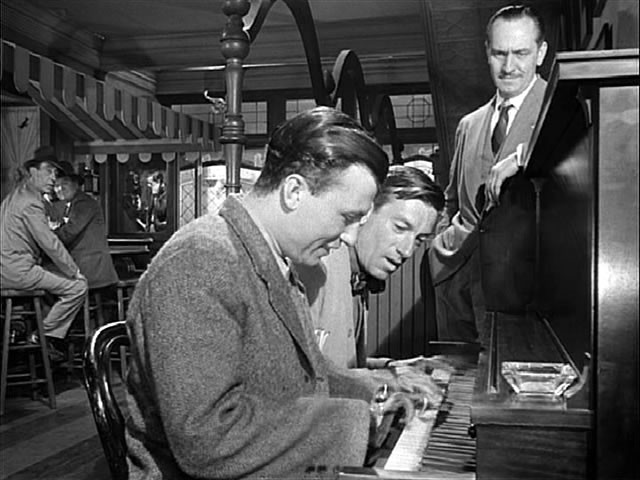This was written in the summer of 2000 for a coffee-table book edited by Geoff Andrew that was published the following year, Film: The Critics’ Choice (New York: Billboard Books). — J.R.
A joint effort by French ethnographer-filmmaker Jean Rouch and French sociologist Edgar Morin (The Stars) yielded this remarkable 1961 documentary investigation into what Parisians — regarded as a “strange tribe” — were thinking and feeling during the summer of 1960. This was when the war in Algeria was still a hot issue, although many other topics are discussed as well, private as well as public. At first, everyone is asked, simply, “Are you happy?” More generally, the film catches the shifting emotional tenor of a few lives over a certain period.
The filmmakers treat their interview subjects with a great deal of respect and sensitivity. Among them are Marilou, an Italian emigre working as a secretary at Cahiers du Cinéma; a French student named Jean-Pierre; a factory worker named Angelo; an African student named Landry; a painter and his wife named Henri and Maddie; and a pollster named Marceline assisting with some of the other interviews.
Not only do we see these individuals in diverse groupings, even on holiday in St.-Tropez; Read more

